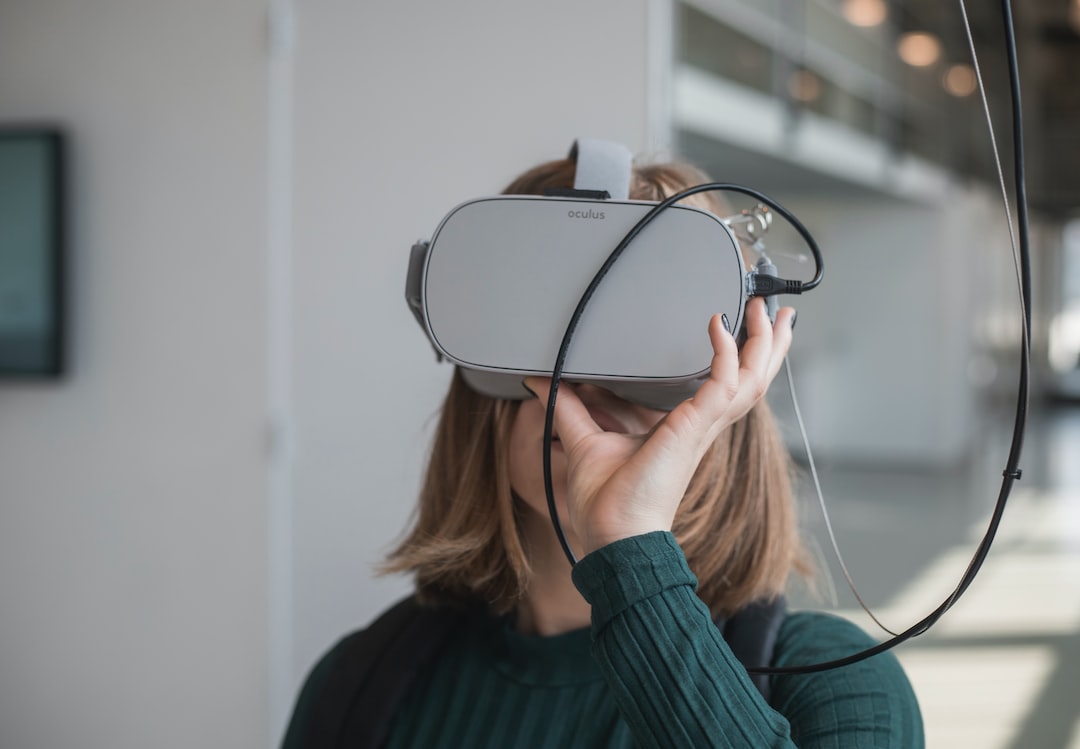The Impact of Technology on Education
Technology has completely revolutionized the way we live our lives, and it has undoubtedly made a significant impact on education as well. The integration of technology in classrooms has opened up new possibilities for teaching and learning, transforming the traditional methods of education. From interactive digital textbooks to online courses, technology has paved the way for a more innovative and personalized learning experience for students.
One of the most prominent impacts of technology on education is the accessibility it provides. With the rise of the internet, students now have access to a vast array of information and resources at their fingertips. Gone are the days when students had to rely solely on textbooks and encyclopedias. The internet has become a limitless source of knowledge, where students can find information on any topic in just a matter of seconds. This accessibility has made learning more engaging and interactive, allowing students to explore and delve deeper into subjects that interest them.
Furthermore, technology has enhanced the way teachers deliver information in the classroom. Smartboards, digital projectors, and other multimedia tools have replaced the traditional blackboard and chalk. These tools allow teachers to present information in a dynamic and engaging manner, incorporating images, videos, and animations to capture students’ attention. This visual stimulation helps students better understand and retain information, leading to improved academic performance.
Another significant impact of technology on education is the ability to personalize learning. With the use of educational software and applications, teachers can tailor their lessons to meet the individual needs and learning styles of their students. Students can also learn at their own pace, reviewing and revisiting content as needed. Adaptive learning software can track students’ progress and provide targeted feedback, ensuring that each student is challenged and supported in the areas they need the most.
Technology has also made distance learning a reality. Online courses and virtual classrooms have made education more accessible to individuals who may not have the opportunity to attend traditional, physical classrooms. This is particularly beneficial for those who live in remote areas or have other commitments that prevent them from attending regular classes. Online learning also offers flexibility in terms of timing, allowing students to access course materials and complete assignments at their own convenience.
The impact of technology on education is not limited to just the classroom. It has also revolutionized the way we conduct research and collaborate. Online databases, academic journals, and digital libraries have made it easier for students and researchers to find and access relevant information. Collaborative tools such as Google Docs and video conferencing platforms have made it seamless for students to work together on group projects, irrespective of their physical location. This has fostered new ways of collaboration and has aided in developing critical thinking and problem-solving skills essential in today’s interconnected world.
However, it is crucial to acknowledge that the impact of technology on education is not all positive. Technology can sometimes be a distraction, with students being easily tempted to browse social media or play games instead of focusing on their studies. It is essential for educators and parents to find a balance and teach students how to use technology responsibly.
In conclusion, the impact of technology on education has been profound. It has not only made education more accessible and engaging but has also personalized learning and fostered collaboration. As technology continues to evolve, it will undoubtedly continue to shape the future of education, preparing students to thrive in an increasingly digital world.

